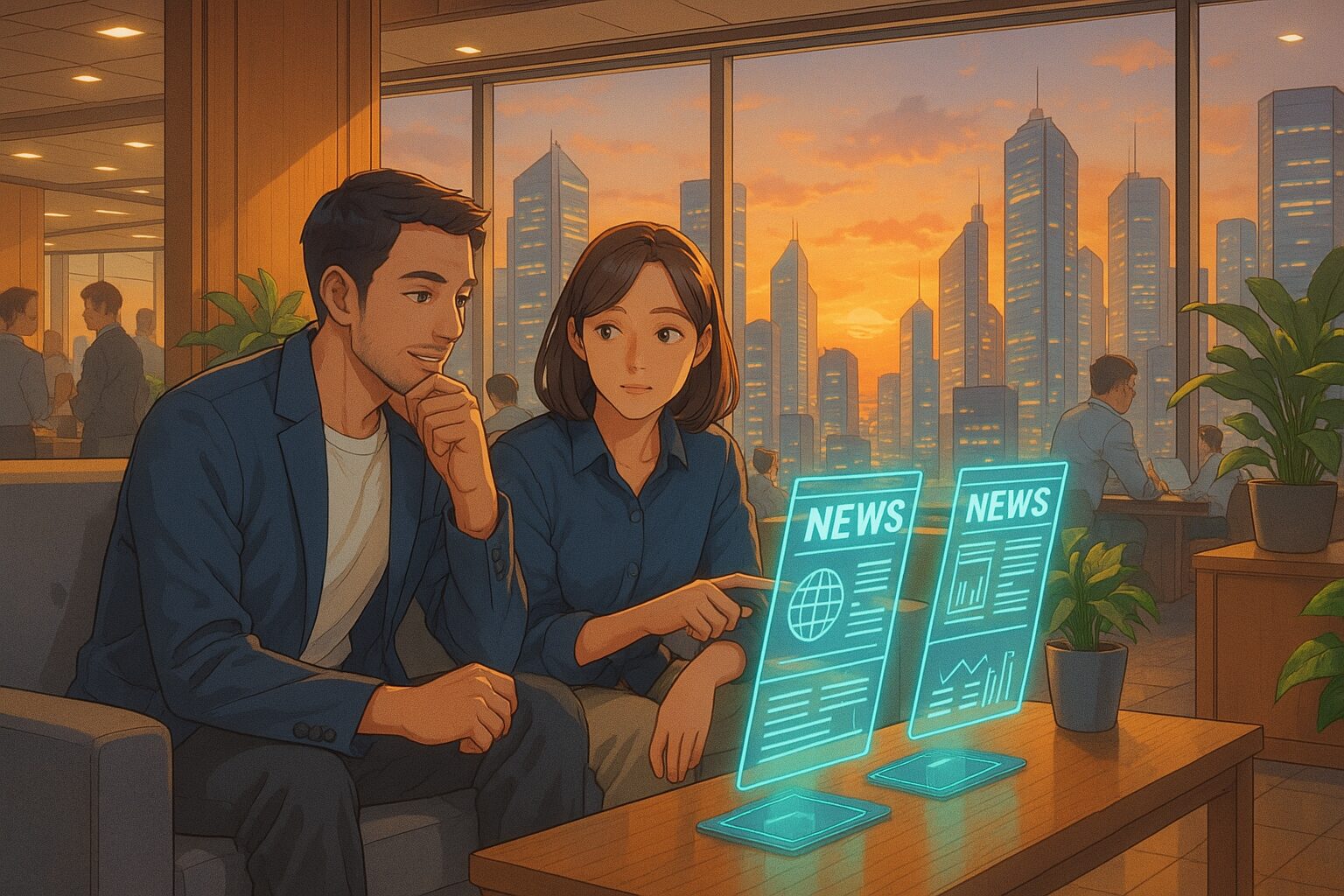What If Another Wave of Communication Revolution Occurs?
Once, Anil Ambani’s Reliance Infocomm made a significant impact on the telecommunications industry in 2003 by offering CDMA mobile phones for just 501 rupees. However, as time passed, this revolutionary company was driven to bankruptcy. If this trend continues, what might our future look like?
1. Today’s News
Summary:
- In 2003, Reliance Infocomm sold CDMA mobile phones for 501 rupees, bringing innovation to the telecommunications market.
- At one point, it challenged major telecom companies such as Airtel and Idea, but ultimately went bankrupt.
- This event suggests that short-term success does not always correlate with long-term sustainability.
2. Considering the Background
The telecommunications industry continues to change rapidly. With the evolution of technology and heightened competition, companies are constantly required to seek new strategies. Even if a company like Reliance Infocomm can shake up the market in a short period of time, maintaining sustainable growth requires a competitive business model and adaptability. This issue also presents a challenge in our lives on how to balance short-term profits and long-term sustainability.
3. What Does the Future Hold?
Hypothesis 1 (Neutral): A Future Where Competition in Telecommunications is Common
Competition in the telecommunications industry intensifies, allowing consumers to enjoy a variety of options. Each company will introduce new technologies and services one after another, leading to fierce price competition. As a result, consumers may be able to enjoy cheaper and higher-quality services, increasing the freedom of communication.
Hypothesis 2 (Optimistic): A Future Where Communication Technology Advances Significantly
Competition will promote further technological innovation, with 5G and next-generation communication technologies rapidly spreading. This will lead to significant advancements in areas such as remote work, online education, and IoT, allowing more people to benefit from technology. A future where society becomes more digital may lead to more convenient and efficient living.
Hypothesis 3 (Pessimistic): A Future Where Sustainability is Lost
As competition prioritizes short-term profit pursuits, long-term sustainability may be sacrificed. Companies may chase immediate profits, leading to issues such as a lack of environmental consideration. Ultimately, this could pose risks of negative impacts on society and the environment in the long run.
4. Tips We Can Follow
Mindset Tips
- Have a perspective that considers both short-term profits and long-term sustainability.
- Be conscious of sustainability when choosing technologies and services.
Small Practical Tips
- Regularly review the sustainability of the services or products you use.
- Share information about sustainable options with those around you.
5. What Would You Do?
- Which do you prioritize: short-term profits or long-term sustainability?
- What will you learn to ride the wave of technological innovation?
- What actions will you take in your daily life for a sustainable future?
What kind of future do you envision? Please share with us through social media mentions or comments.









